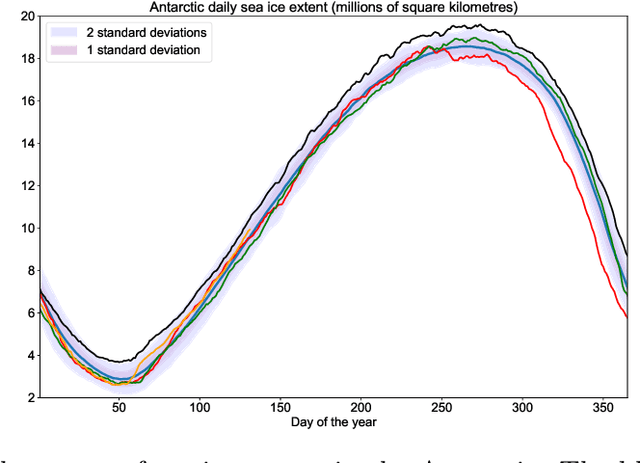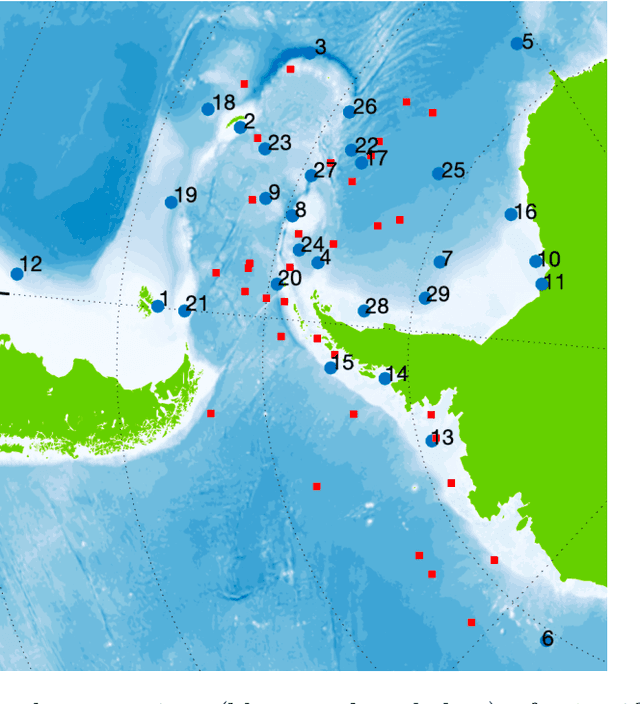Long-Range Route-planning for Autonomous Vehicles in the Polar Oceans
Paper and Code
Nov 20, 2021



There is an increasing demand for piloted autonomous underwater vehicles (AUVs) to operate in polar ice conditions. At present, AUVs are deployed from ships and directly human-piloted in these regions, entailing a high carbon cost and limiting the scope of operations. A key requirement for long-term autonomous missions is a long-range route planning capability that is aware of the changing ice conditions. In this paper we address the problem of automating long-range route-planning for AUVs operating in the Southern Ocean. We present the route-planning method and results showing that efficient, ice-avoiding, long-distance traverses can be planned.
* Submitted to the AMS Journal of Atmospheric and Oceanic Technology
 Add to Chrome
Add to Chrome Add to Firefox
Add to Firefox Add to Edge
Add to Edge